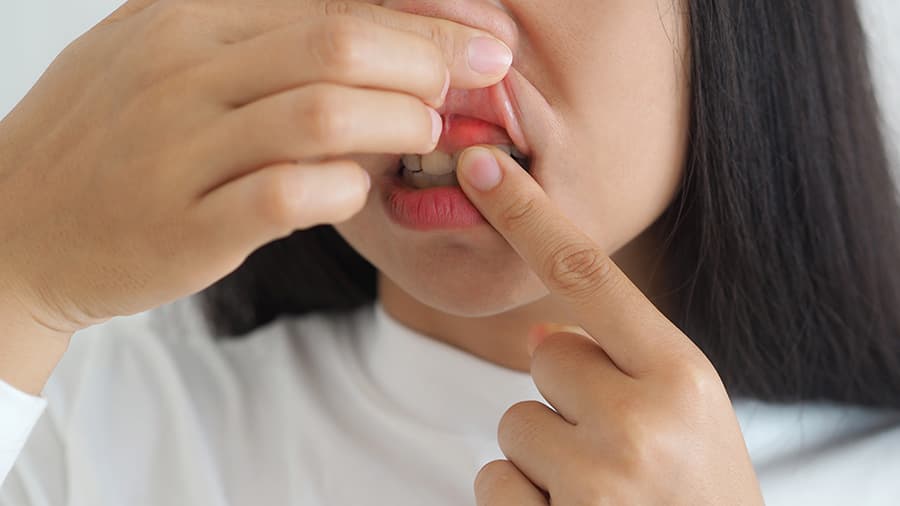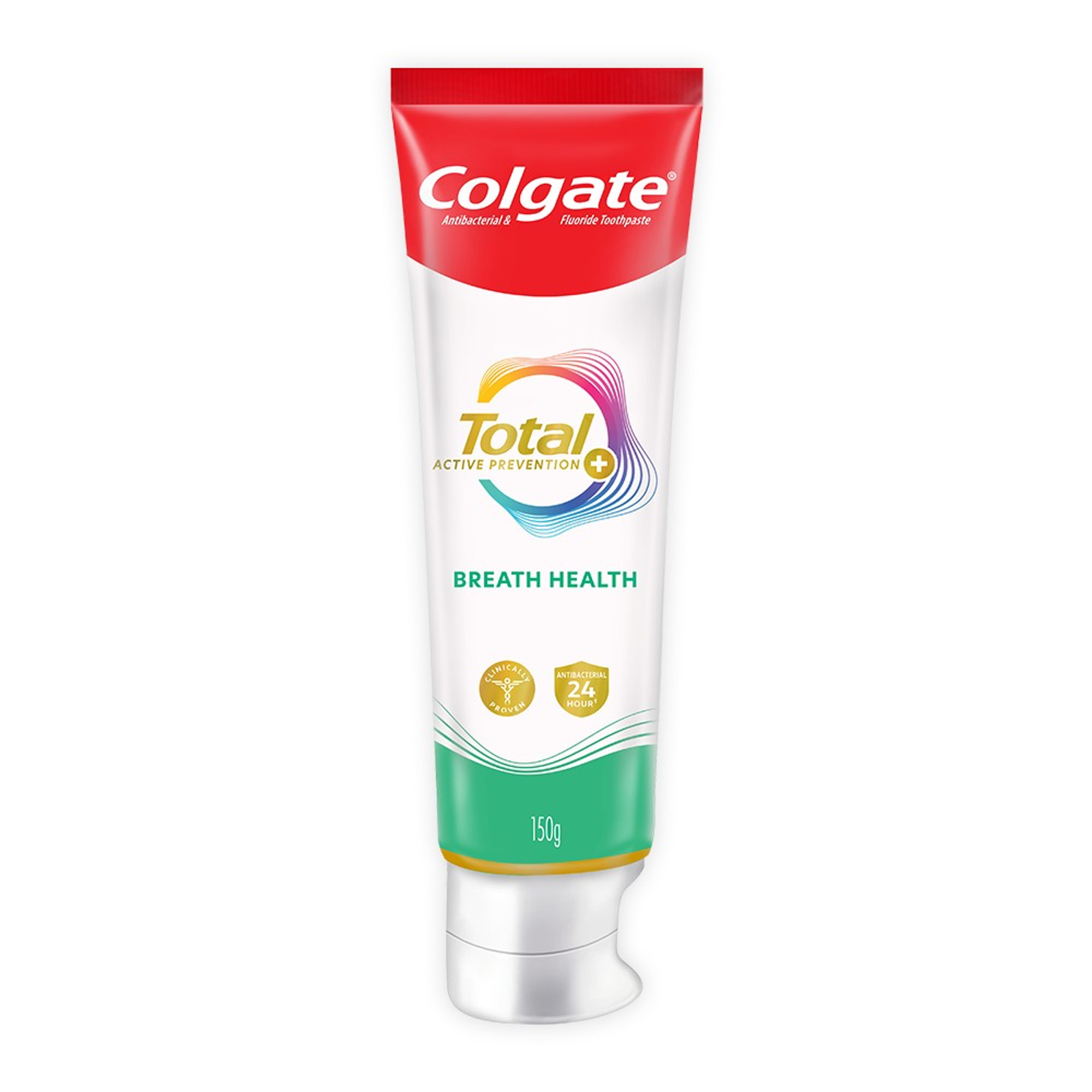-
-

ADULT ORTHODONTICS
Should You Use Mouthwash Before or After Brushing?Brushing and flossing are the foundation of a good oral hygiene routine, but mouthwash can also be a useful addition...

SELECTING DENTAL PRODUCTS
Soft Vs. Hard Toothbrush: Which One Should You Use?The toothbrush has come a long way. As the American Dental Association (ADA) notes...
-
Science & Innovation
- Oral Health and Dental Care | Colgate®
- Oral Health
- What Is Referred Tooth Pain?


While no one ever hopes to get a toothache, it's an important symptom to pay attention to. It may be a message from somewhere else in your body alerting you that something is wrong. In some cases, pain that feels as if it's coming from your teeth could be a sign of a different problem. When the pain in another area of your body transfers to your teeth, dental professionals call this referred tooth pain. Let's go over how this happens, the causes of tooth pain, and what you can do to treat typical tooth pain and referred tooth pain.
How Does It Happen?
As noted in the Journal of Dental Anesthesia and Pain Medicine (JDAPM), a lot can happen to pain signals along their transmission route. When neural networks along a pain route get modifications, it can lead to you feeling pain in one part of your body when it's actually a result of an issue in another part of your body.
Other Causes of Toothaches
Referred tooth pain can be due to a host of other reasons, such as respiratory illness, recent dental work, problems with the heart or lungs, or certain neurological conditions. Let's go over a few critical causes of referred tooth pain:
- If your upper teeth are painful and your nasal passages are congested or tender, your toothache may be due to sinusitis. The roots of the upper teeth lie close to the sinuses, and if your sinuses become inflamed due to an infection, you may feel the pain in your upper teeth.
- If you've recently received a filling, you sometimes feel pain in another tooth. Your toothache moves from one tooth to another through pain signals, but the discomfort usually goes away within one or two weeks.
- As noted by Mayo Clinic, a tooth abscess can cause referred pain. For example, if you have an abscess in an upper tooth, pain can radiate to the lower jaw and even to your ears and neck.
- As noted in JDAPM, headaches can also be a cause of tooth pain. Known as neurovascular headaches, they can manifest as migraines or cluster headaches. When referred to the teeth, they're called neurovascular toothaches.
- A serious but less common source of referred tooth pain is the vagus nerve, which passes near your heart and lungs. Before it reaches your brain, the vagus nerve also passes through the lower jaw. A toothache is occasionally a sign of a problem with the heart or lungs. These are either known as a visceral toothache if the pain originates in your internal organs or a cardiac toothache if it's from your heart.
- Neurological conditions, like trigeminal neuralgia, can also affect nerves that lie in the teeth, face, and skull. Inflammation of these nerves can feel like a toothache.
Tooth Pain Treatments
When tooth pain strikes, it can often be so uncomfortable that you need immediate relief. We recommend scheduling an appointment with your dental professional as soon as you can. While you wait, you can try at-home remedies to get some relief. Your dental professional will check if an underlying issue with your tooth is causing you pain, such as a cavity, abscess, or injury. If they determine that your toothache is from a non-dental problem such as sinusitis, they'll refer you to a medical professional for proper treatment. Your doctor will also be able to determine if you're experiencing referred tooth pain.
Because it's challenging to figure out on your own what your referred tooth pain could mean, seeing your doctor is always your best option. They will be able to investigate the common causes of referred tooth pain, such as migraines, issues with your heart or lungs, and other internal organs. Depending on the ability to locate the specific area of pain in your mouth, your doctor might figure out where your pain is being transferred from. This investigative work can begin with a referred tooth pain chart that shows which areas of the face may hurt because of another issue in the body.
Although your tooth pain may not be due to dental decay, you should continue your top-notch oral care routine! This includes brushing your teeth twice a day, using floss, a water flosser, or another interdental device to clean between your teeth, and rinsing away any remaining bacteria with a mouthwash.
A toothache isn't something you can afford to ignore. If you have a painful tooth and are not sure of its cause, visit your dental professional right away. They can determine if your discomfort is due to an oral issue or if it's signaling another problem with your health. While it's essential to be in tune with your body's aches and pains, this type of investigative work usually requires a professional!
Related Articles


Bleeding gums are a common sign of gum issues. Discover what causes them and how to treat each cause effectively to protect your oral health

A periodontal abscess is a painful gum infection caused by bacteria in deep pockets around teeth, linked to swelling, redness, and severe discomfort.
Related Products

Helping dental professionals
More professionals across the world trust Colgate. Find resources, products, and information to give your patients a healthier future








